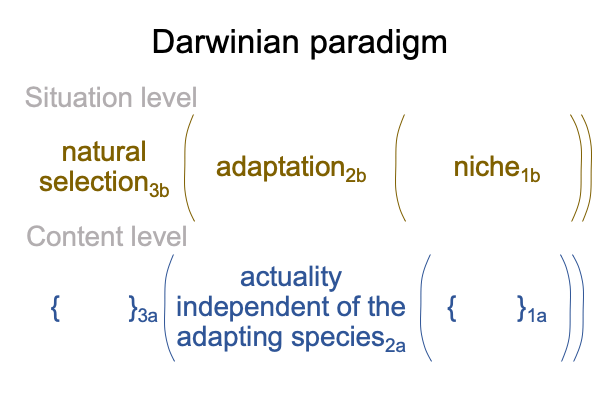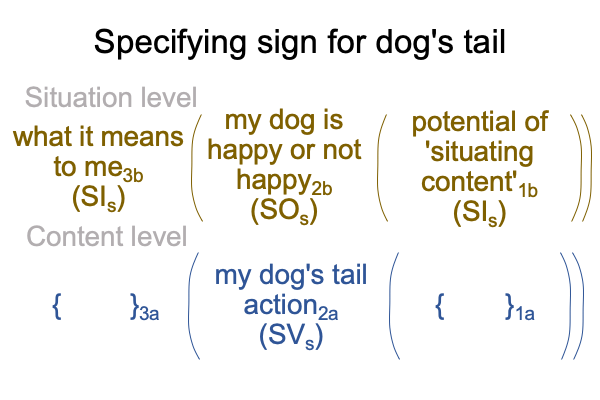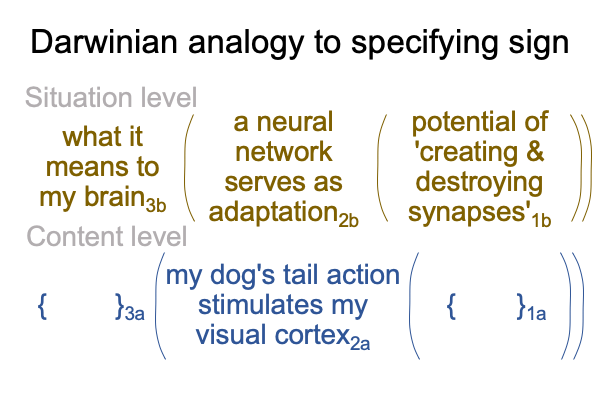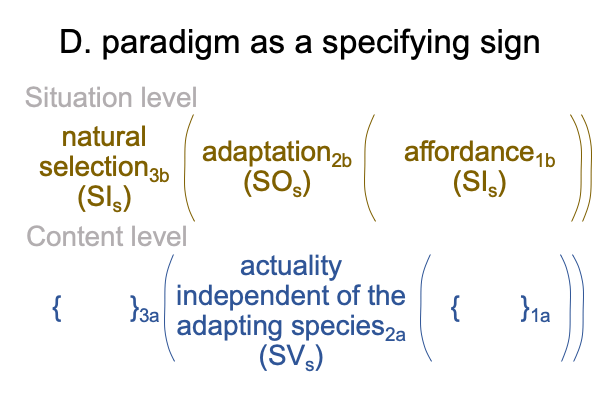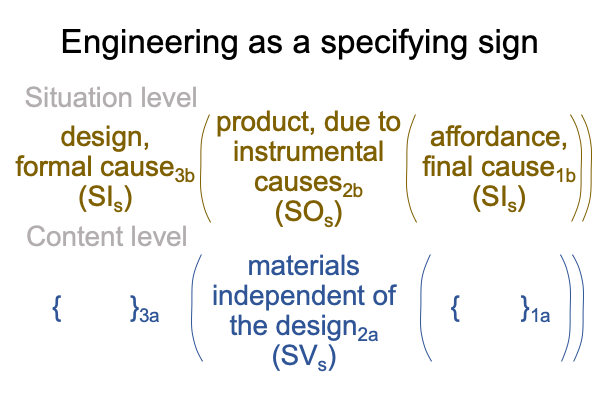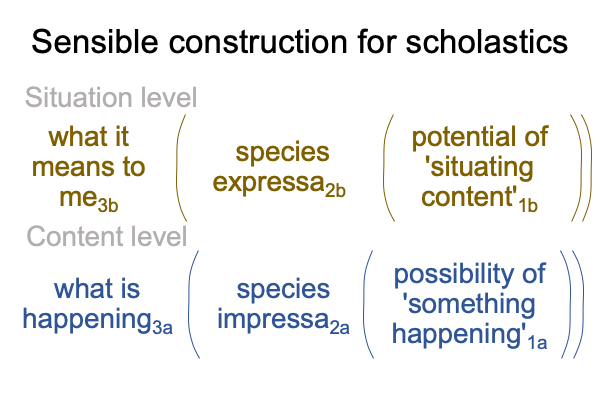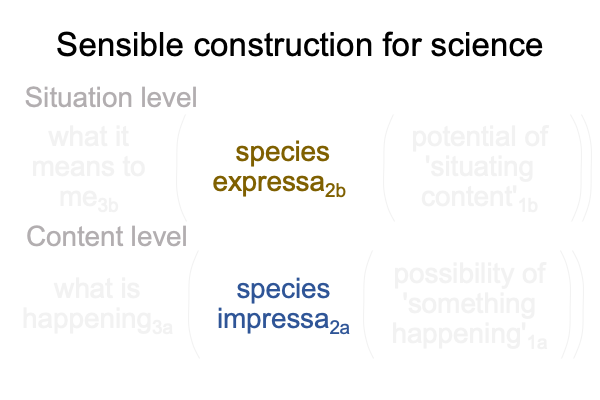Looking at Joseph Farrell’s Book (2020) “The Tower of Babel Moment” (Part 8 of 10)
0081 Before I go there, I want to pause and gaze back to the beginning of Farrell’s journey: the eleventh chapter of Genesis.
Here is a numerological picture for the number eleven.

0082 Yes, this sounds goofy, but in terms of English puns, “eleven” sounds like “leaven”. Leaven makes bread dough rise. It is yeasty. It is like something that grows in something else and ferments it. So, chapter 11 is the yeast in the bread dough… of what?
If man does not live on bread alone…(see point 0041).
Then, what about base ten?
Base ten calls to mind two hands, working together, so maybe, chapter eleven leavens chapter one.
0083 In chapter one, God creates our world, step by step, in what looks to be a sequential evolutionary process.
In chapter eleven, Nimrod’s administrators create a tower, step by step, by commanding bricks to be made according to strict technical specifications. The bricks must be burnt thoroughly. The administrators are able to accomplish this goal because their immigrant slave labor think that they are of one people with the elite. Why? The translator stone tells them so.
One must never underestimate the power of people to do what they evolved to do or to be what they evolved to be. We evolved to recognize that one language means one people. And what does one people do? They work together.
So, of course, immigrant slave labor will work as if they are “stakeholders”. They think that they are. Fools.
The administrators are not the God of all creation.
Instead they are at war with God.
0084 Okay, let me try that again.
Base ten calls to mind two hands, working together. So, maybe, chapter eleven leavens the stories of Adam and Eve.
On one hand, the story of Adam and Eve is not the subject of Farrell’s discourse. However, it serves as a predicate to the Tower of Babel story as subject. How so? According to Saint Augustine, Adam and Eve stand at the origin of our kind. Each one of us descends, through begatting (and don’t tell me that the Genesis writers are unfamiliar with that term) from Adam and Eve. The idea is implied in the letters of Saint Paul.
Unfortunately, modern genetics disproves Augustine’s thesis. If a species starts with the union of one pair, scientists expect a genetic bottleneck. Geneticists do not observe a bottleneck for the start of the species, Homo sapiens.
0085 Does that leave us empty handed?
No, the Fall of Adam and Eve essentially corresponds to a Tower of Babel Moment. Adam and Eve are on one hand. The Tower of Babel is on the other.
Theological nomenclature supports the suggestion. Chapter one of Genesis is typically referred to as “the Creation Story”. Chapter 2.4 through 11 are typically labeled, “the Primeval History”. So, the stories of Adam and Eve and the story of the Tower of Babel bookend the Primeval History.
So much for two sequential ones in base ten.
0086 What about base two?
Let me start with the social construction of the Tower of Bab-ilim.

Now, let me consider that numerology business in terms of (1) presence and (0) negation.

Okay, now I consider the virtual nested form in the realm of actuality for social construction of the Tower of Bab-ilim.

The negation within the number eleven corresponds to the perspective-level actuality2c.
Isn’t that a coincidence?
0087 Now, I replace the potential1c underlying that negation2c with divine intervention.

0088 That does the trick. Eleven goes to zero. The blame game begins.

Some think that numerology can substantiate any claim.
For proof, one need look no further.
0089 But wait!
I have another association for base two.
This associate recapitulates base 10, which presents the stories of Adam and Eve as 1 and the Tower of Babel story as 10.
Here, the beginning of the Primeval History is 20 and the end is 22 and the middle is 21.
Here is the association.

0090 In this, the Tower of Babel2c represents the culmination of what the serpent in the Garden of Eden tells Eve during the drama of temptation2a. The fruit of the tree of the knowledge of good and evil2a is the predicate. The Tower of Babel2c is the subject.
Does that suggest that the translation stone2a, the thing that turns Sumerian and Akkadian into a common language, is a fruit from the tree of the knowledge of good and evil?
Does the seed of the fruit that Adam and Eve ate germinate and grow into theTower of Bab-ilim2c?
Does the seed of the fruit of the tree of knowledge of good and evil predicate the subject of all social manifestations of evil dangerous enough to challenge God?
0091 Has numerometrics isolated a new, postmodern, philosopher’s stone?
Numbers can tell me anything.





